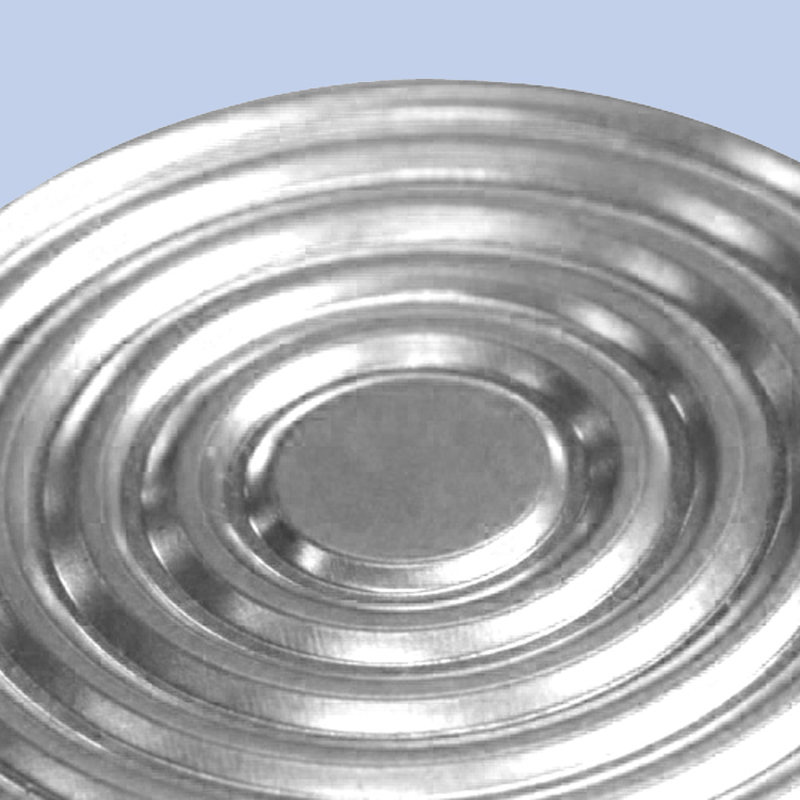
Ago . 15, 2024 13:09 Back to list
Understanding the Functionality and Applications of China’s Span Differential Pressure Gauge Technology
Understanding the China Span Differential Pressure Gauge
Differential pressure gauges are essential instruments used in various industries to measure the difference in pressure between two points in a system. In China, the development and application of span differential pressure gauges have gained significant attention due to their importance in ensuring optimal operation in various fields, including HVAC systems, filtration processes, and liquid level measurement. This article explores the working principles, applications, and advancements of China span differential pressure gauges.
Working Principles
A differential pressure gauge operates by comparing the pressure at two different points. These instruments typically consist of two pressure sensing ports connected to a pressure transducer within the gauge. When pressure is applied to both ports, the gauge measures the difference, which can be displayed on a dial or digital readout. The measurement can be expressed in various units such as Pascal, bar, or psi, depending on the requirements of the application.
The span of the gauge refers to the range of pressures it can accurately measure. Selectable spans allow users to calibrate the gauge according to their specific needs, making it a versatile tool for monitoring pressure in various systems. High-quality manufacturing and materials ensure accuracy and reliability in challenging environments, which is particularly relevant in sectors that deal with harsh conditions or corrosive substances.
Applications Across Industries
In China, span differential pressure gauges are used in diverse sectors. In the HVAC industry, they monitor the pressure drop across air filters and ducts, enabling technicians to assess the efficiency of air distribution systems. A significant drop in pressure may indicate a clogged filter, prompting timely maintenance to avoid reduced airflow and increased energy consumption.
Moreover, in petrochemical plants, these gauges are critical for measuring the pressure drop in filtration systems, ensuring that contaminants are efficiently removed from liquids. This application is vital for maintaining product quality and operational safety.
china span differential pressure gauge

In wastewater treatment facilities, span differential pressure gauges help measure the head pressure in clarifiers and aeration tanks, assisting in the management of flow rates and the overall efficiency of the treatment process
. Proper monitoring can prevent system overloads and improve the facility's capacity to treat wastewater effectively.Advances in Technology
The growth of the industrial sector in China has led to significant advancements in the technology behind differential pressure gauges. Modern gauges are increasingly incorporating digital displays and smart technology. These advancements facilitate remote monitoring and data logging, which are particularly useful in industries where timely decision-making is crucial.
Additionally, manufacturers are focusing on developing more robust designs resistant to environmental factors such as temperature fluctuations, pressure spikes, and corrosive gases. Enhanced materials and coatings increase the lifespan of these gauges, making them a cost-effective solution in the long term.
Furthermore, the integration of Internet of Things (IoT) technology is revolutionizing how differential pressure gauges operate. Sensors equipped with IoT capabilities provide real-time data transmission to central monitoring systems, enabling predictive maintenance and operational efficiencies that were previously unattainable.
Conclusion
As industries across China continue to expand, the demand for reliable and accurate measurement tools like span differential pressure gauges will only increase. With ongoing technological advancements, these gauges will continue to evolve, offering more precise measurements and greater functionality. This trend not only supports operational efficiency but also enhances safety and environmental sustainability in various industrial processes. The future of span differential pressure gauges in China looks promising, positioning them as indispensable tools across multiple applications.
-
High-Precision 5 Valve Manifold Differential Pressure Gauge Suppliers
NewsApr.29,2025
-
High-Precision Diaphragm Vacuum Pressure Gauges Manufacturers & Quotes
NewsApr.29,2025
-
Omega Differential Pressure Gauges High Accuracy & Durability
NewsApr.28,2025
-
Low Pressure Differential Pressure Gauges Precision Solutions & Quotes
NewsApr.28,2025
-
Digital Diaphragm Pressure Gaauge Precision Measurement & OEM Quotes
NewsApr.28,2025
-
Differential Pressure Gauge China Price High-Accuracy & Best Quotes
NewsApr.28,2025
